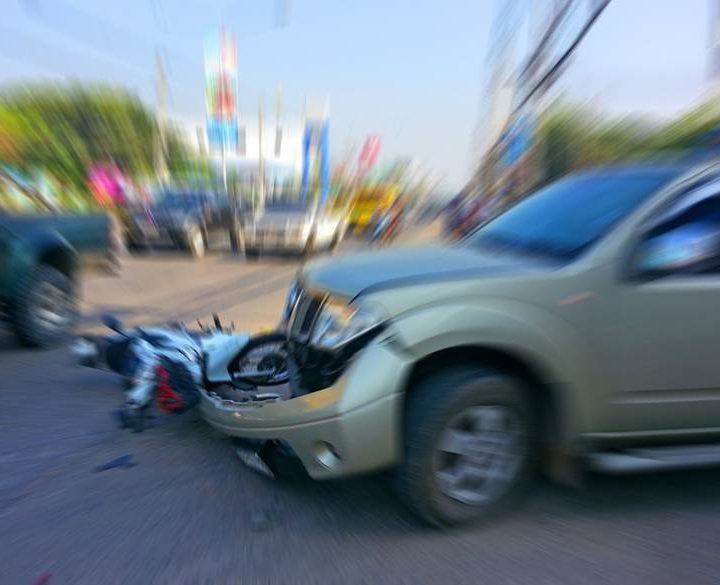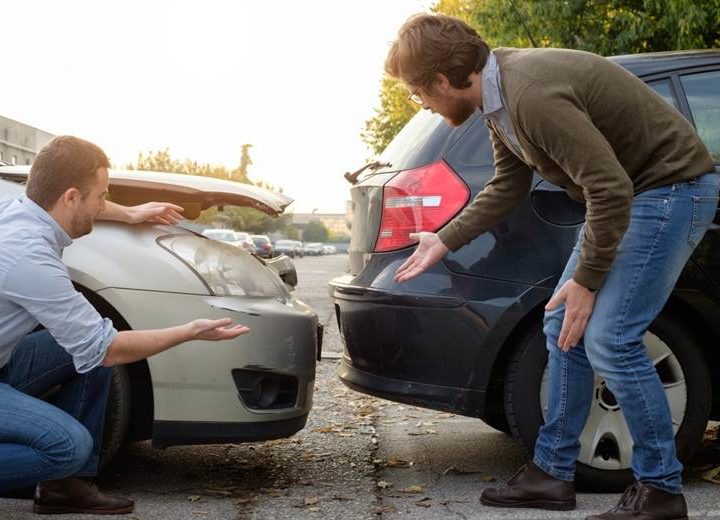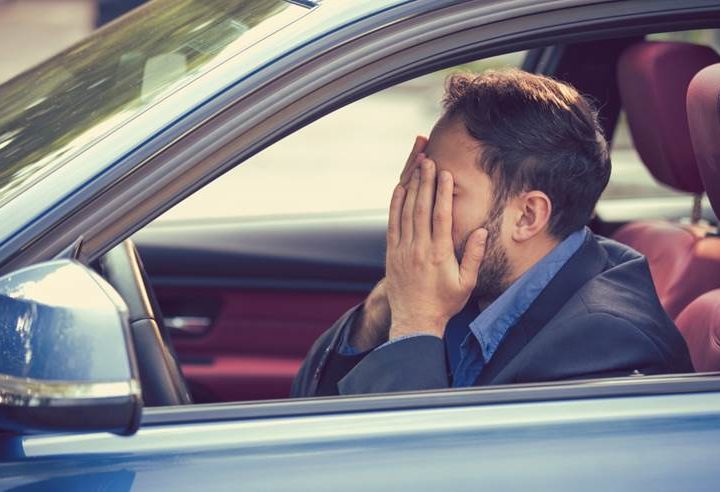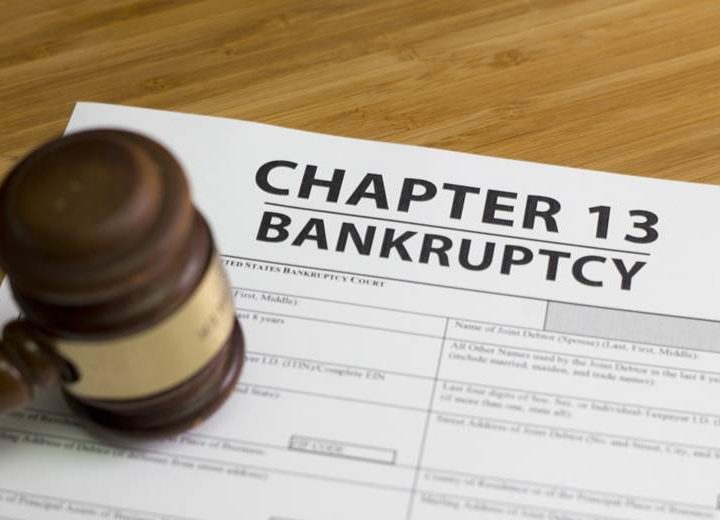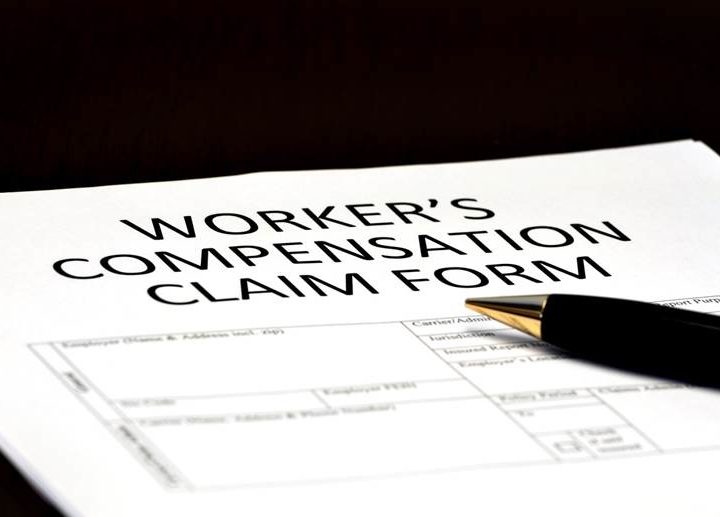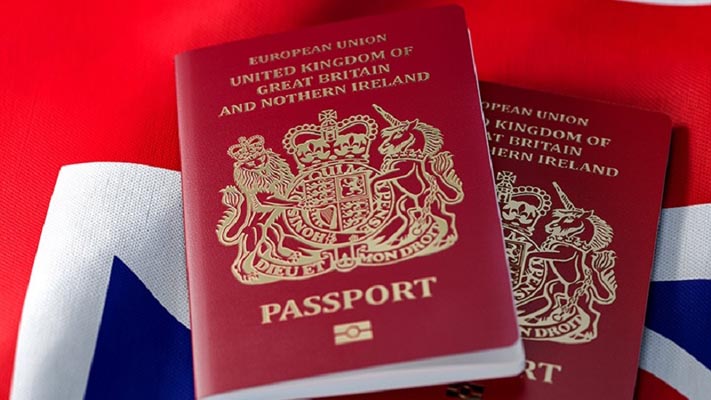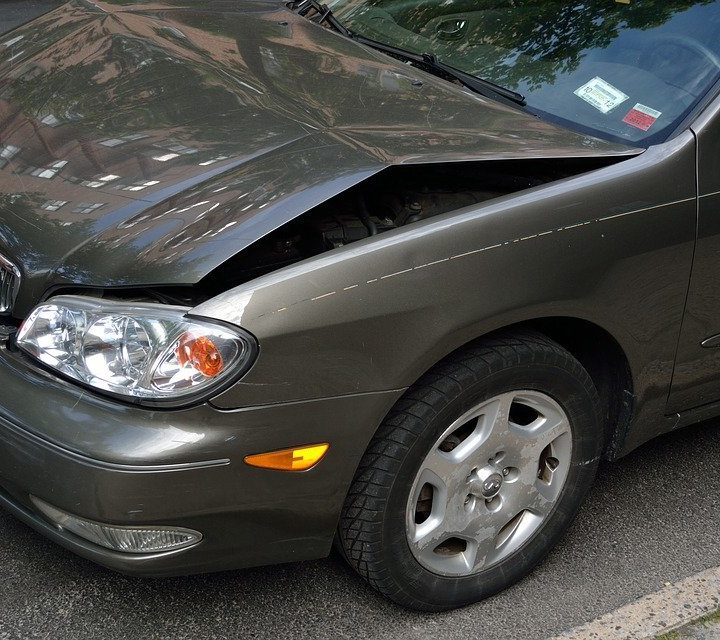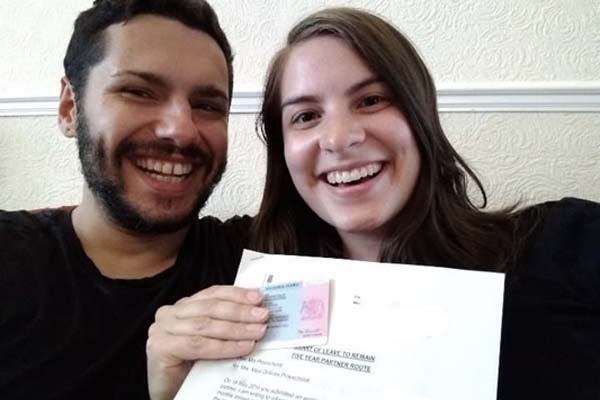In personal injury law, it’s crucial to understand the principles governing liability. Nevada, like many states, uses a modified comparative fault rule. Simply put, if you’re less than 51% at fault for an accident, you can still recover damages, but your compensation will be reduced based on your degree of fault. This underscores the need for a thorough investigation to determine fault accurately.
Beyond fault, Nevada imposes a two-year deadline, known as the statute of limitations, for filing personal injury claims from the incident date. Missing this deadline can forfeit your right to seek compensation. Taking swift action is essential to protect your rights and maximize potential recovery for injuries and damages. In this blog post, we discuss how navigating these rules demands legal expertise to ensure a comprehensive and effective personal injury claim.
What is Modified Comparative Negligence in Nevada?
Nevada’s modified comparative negligence law is outlined in the Nevada Revised Statutes, specifically in NRS 41.141. In simple terms, this law states that a plaintiff (injured party) may not recover if their comparative negligence or that of their decedent is greater than the negligence of the defendant or the combined negligence of multiple defendants. The key point here is the 51% bar for recovery.
If the injured party is found to be 50% or less at fault, they can still recover damages. However, the awarded compensation will be reduced by the percentagfe of liability assigned to them. On the other hand, if the injured party is determined to be 51% or more at fault, they are barred from any recovery.
Real-Life Scenarios of Nevada’s Comparative Negligence Law
Let’s explore some examples to illustrate how Nevada’s modified comparative negligence law works in practice:
- Scenario 1: A plaintiff is driving when they are rear-ended by a texting driver. The plaintiff is found 20% at fault for not paying attention, while the texting driver is 80% at fault. The plaintiff can recover 80% of their damages from the defendant.
- Scenario 2: A pedestrian trips on a sidewalk pothole and is found 30% at fault for not paying attention. The city, aware of the pothole, is 70% at fault. The plaintiff can recover 70% of their damages from the city.
- Scenario 3: A driver is hit by someone running a red light. The driver is 60% at fault for speeding, while the red-light runner is 40% at fault. The plaintiff is barred from recovering any damages because their negligence exceeds 50%.
Understanding the Impact on Compensation
The Las Vegas personal injury lawyers at Harris & Harris Injury explain that the percentage of fault assigned to each party directly influences the compensation awarded in a personal injury claim. For instance, if you’re involved in a car accident where the other driver ran a red light but you were speeding, the jury might find the red-light runner 80% negligent and your speeding 20% negligent. In this scenario, you’d receive 80% of the total awarded damages.
However, if the jury determines that you are 51% or more at fault, you won’t be eligible for any compensation. This emphasizes the importance of presenting a strong case to establish the other party’s significant contribution to the incident.
It is crucial to understand Nevada’s modified comparative fault rule, which has a key 51% bar for recovery. Real-life examples show that the percentage of fault assigned significantly impacts compensation. If you’re less than 51% at fault, you can recover, but your compensation will be reduced by your percentage of fault. If you’re 51% or more at fault, you won’t get any compensation. You need to create a strong case in order to prove the other party’s significant role in the incident and receive the compensation you deserve.





